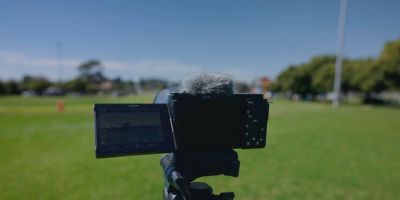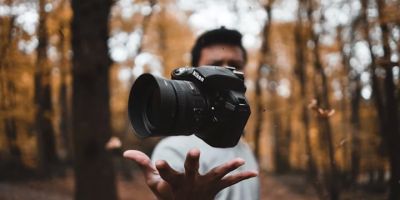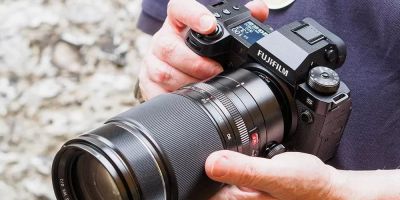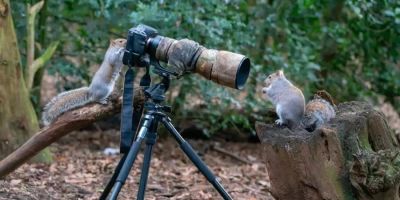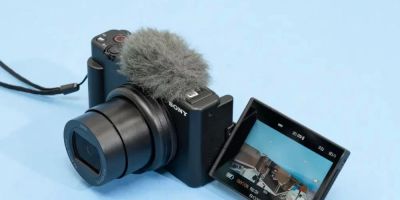- 1-Understanding-the-Art-of-Event-Photography
- 2-Essential-Gear-for-Professional-Event-Photography
- 3-Mastering-Lighting-Conditions-at-Events
- 4-Composition-and-Framing-Techniques
- 5-Capturing-Emotion-and-Storytelling
- 6-Managing-Challenges-During-Events
- 7-Leveraging-Post-Processing-for-Polished-Results
1. Understanding the Art of Event Photography
Photographing events like a professional requires more than just pointing a camera and clicking. It’s an art form that combines technical skill with an intuitive sense of timing and storytelling. Successful event photographers understand the flow of an event, anticipate key moments, and adapt quickly to changing environments.
Unlike studio photography, events present unpredictable scenes and diverse lighting situations. This dynamic nature means photographers must be both prepared and creative to capture images that reflect the atmosphere, emotion, and significance of the occasion.
Developing a keen eye for detail and understanding the expectations of event hosts and guests enhances your ability to deliver compelling photographs that tell the story of the event.
2. Essential Gear for Professional Event Photography
Having the right equipment is fundamental when learning how to photograph events like a professional. A versatile DSLR or mirrorless camera with fast autofocus and excellent low-light performance is key. Zoom lenses such as a 24-70mm f/2.8 provide flexibility to capture wide shots and close-ups without constantly changing lenses.
Supplementary gear like an external flash, spare batteries, and memory cards ensures you’re prepared for long shooting sessions. For certain events, a fast prime lens with a wide aperture (e.g., 50mm f/1.8) can deliver beautiful background blur and perform well in dim conditions.
While gear matters, remember that understanding your equipment’s settings and capabilities is just as important. Mastery of manual controls allows you to adapt quickly to varying lighting and composition demands.
3. Mastering Lighting Conditions at Events
Events often involve challenging lighting scenarios, from dim indoor receptions to bright outdoor ceremonies. Professional event photographers must master how to work with available light and supplement it when necessary.
Using natural light effectively can add authenticity and warmth to your photos. However, in low light, relying on a flash or continuous light source is essential to avoid blurry images. Techniques such as bouncing flash off ceilings or walls help create softer, more flattering light.
Understanding how to balance ambient and artificial light lets you maintain a natural look while ensuring subjects are well illuminated, which is vital for crisp, engaging photos.
4. Composition and Framing Techniques
Composition plays a crucial role in how professional your event photos appear. Thoughtful framing directs viewers’ attention to the subject and conveys the mood or significance of a moment. Techniques such as the rule of thirds, leading lines, and framing through foreground elements add depth and interest.
Capturing candid moments often involves anticipating where the action will happen and positioning yourself accordingly. Mixing wide shots that show the venue and crowd with intimate close-ups of individuals or small groups creates a balanced visual narrative.
Experimenting with angles, such as shooting from a low or high vantage point, can transform ordinary shots into striking images.
5. Capturing Emotion and Storytelling
Events are about people and moments filled with emotion. The most memorable professional event photographs tell stories — joy, surprise, connection, and celebration. Learning how to capture genuine expressions and spontaneous interactions elevates your photography beyond mere documentation.
Engaging with guests and building rapport can help you anticipate authentic moments. Paying attention to body language and facial expressions ensures you catch the emotions that define the event’s spirit.
By creating a photo story that flows logically — from preparations and key ceremonies to candid celebrations — your images resonate more deeply with viewers and event organizers.
6. Managing Challenges During Events
Even the best-prepared photographers encounter challenges such as unpredictable lighting, crowded spaces, or tight schedules. Flexibility and calm problem-solving are essential traits when learning how to photograph events like a professional.
Having backup equipment and scouting the venue beforehand can prevent many issues. Communicating clearly with event coordinators helps you understand important moments and areas where photography is expected or restricted.
Remaining discreet while working allows guests to act naturally without feeling intrusive, resulting in more authentic images.
7. Leveraging Post-Processing for Polished Results
Post-processing is the final step in creating professional-quality event photos. Editing software like Adobe Lightroom or Photoshop allows you to adjust exposure, color balance, and sharpness, enhancing the overall impact of your images.
Consistency in editing style helps build a recognizable photographic brand, while subtle retouching can improve portraits without compromising authenticity. Learning how to efficiently organize and edit large event photo batches is also crucial to meeting client deadlines.
By investing time in post-processing, you ensure your event photos look polished and visually compelling, ready to impress clients and guests alike.
For photographers seeking the best equipment, editing tools, or expert advice, Photo Studio offers a comprehensive range of products and services designed to support your professional event photography journey.

